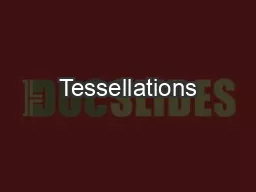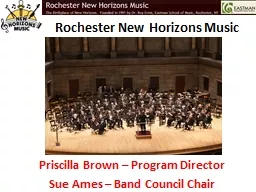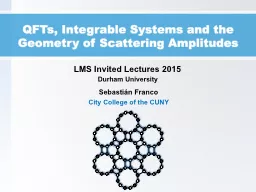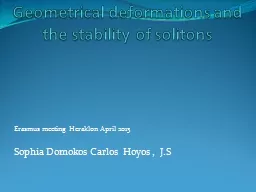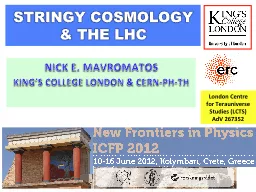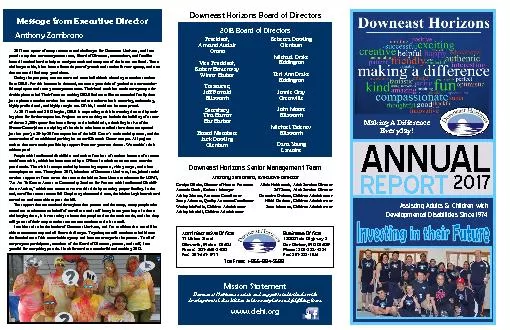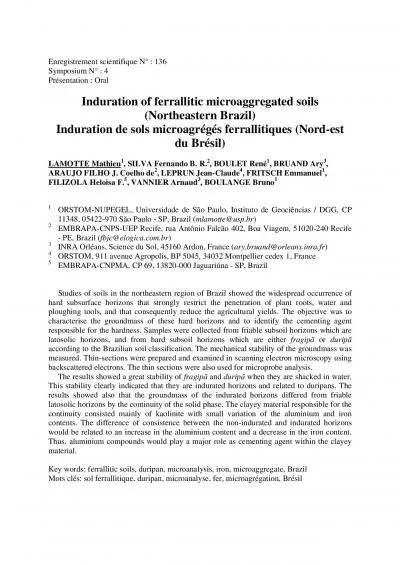PPT-Brane Tilings and New Horizons Beyond Them
Author : avantspac | Published Date : 2020-10-06
CalabiYau Manifolds Quivers and Graphs Sebastián Franco Durham University Lecture 3 Sebastian Franco ltnumbergt Recent Developments 1 Cluster Integrable Systems
Presentation Embed Code
Download Presentation
Download Presentation The PPT/PDF document "Brane Tilings and New Horizons Beyond Th..." is the property of its rightful owner. Permission is granted to download and print the materials on this website for personal, non-commercial use only, and to display it on your personal computer provided you do not modify the materials and that you retain all copyright notices contained in the materials. By downloading content from our website, you accept the terms of this agreement.
Brane Tilings and New Horizons Beyond Them: Transcript
Download Rules Of Document
"Brane Tilings and New Horizons Beyond Them"The content belongs to its owner. You may download and print it for personal use, without modification, and keep all copyright notices. By downloading, you agree to these terms.
Related Documents


